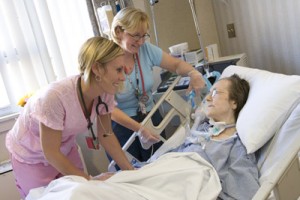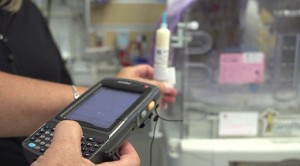The combination of knowledge, experience, and skills are needed for nurses to meet the changing needs of their patients. A large demand of patient care and safety is based on the work of nurses. When care is sub par, because of certain inappropriate situations, nurses shoulder the responsibility. Having an understanding and engagement of strategies to improve quality of care and safety is paramount to a nurse’s work.
A lot of factors affect the quality and safety of care provided by nurses such as environment, organizations, and systems. When teams function well and organization structures support their work, nurses are able to perform their job better with a high intensity of care.
In the past, nurses relied heavily on their senses to monitor their patients and look for changes. As time passed, inaccurate use of senses were replaced with precision-based technologies designed to detect changes to patient’s conditions. Over time, technology has become extremely helpful tot the nursing career.
While technology has potentially improved patient care and safety, it is not without risks. Technology has been accounted for bringing a solution and added problems for safer health care. Problems may rise based on the sheer number of new devices, the complexity and careless introduction in using them.
Although billions and billions of dollars have been spent every year on medical devices and equipment, nurses has paid little attention to technological implementation and integration.
Technology also has introduced many errors and unintended mistakes. For instance the use of bar code system. Many believe that the bar coding medication administration reduces the medication errors, it was also believed to decreased physician’s ability to accurately deviate routine administration sequences.
Another disadvantage of using technology is the associated expenditure. Not all hospitals can afford high-end equipments and devices. That is why more development is needed to more effectively introduce new technologies, reducing the risk to the patient care, and stress on nurses.


